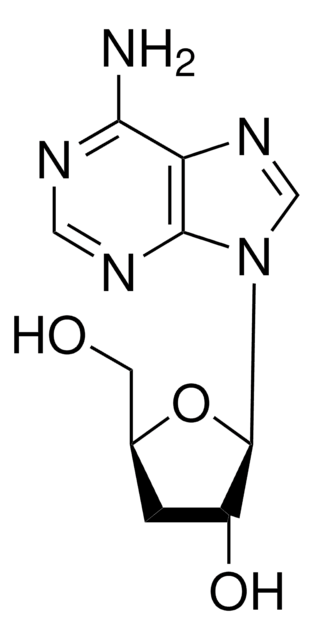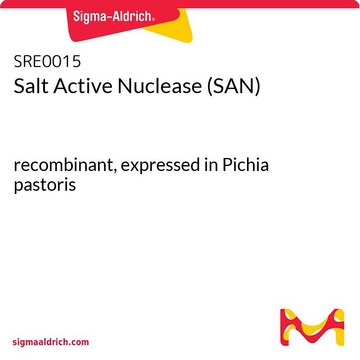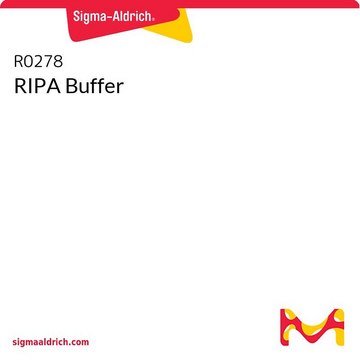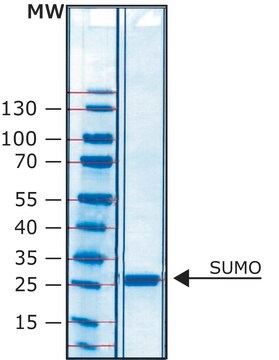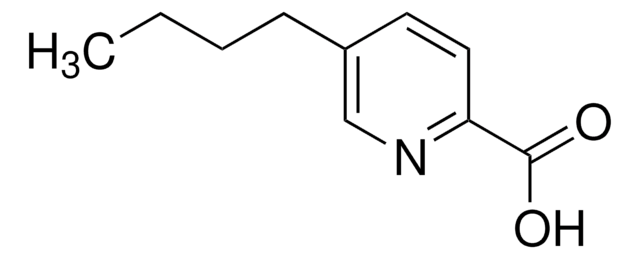T6901
α1-Mating Factor acetate salt
≥93% (HPLC), synthetic
About This Item
Recommended Products
biological source
synthetic
Quality Level
Assay
≥93% (HPLC)
form
powder
technique(s)
cell culture | mammalian: suitable
storage temp.
−20°C
SMILES string
CSCCC(NC(=O)C1CCCN1C(=O)C(CCC(N)=O)NC(=O)CNC(=O)C2CCCN2C(=O)C(CCCCN)NC(=O)C(CC(C)C)NC(=O)C(CCC(N)=O)NC(=O)C(CC(C)C)NC(=O)C(Cc3c[nH]c4ccccc34)NC(=O)C(Cc5cnc[nH]5)NC(=O)C(N)Cc6c[nH]c7ccccc67)C(=O)NC(Cc8ccc(O)cc8)C(O)=O
InChI
1S/C82H114N20O17S/c1-45(2)34-61(98-76(112)63(38-49-41-89-56-17-9-7-15-53(49)56)99-77(113)64(39-50-42-87-44-91-50)96-71(107)54(84)37-48-40-88-55-16-8-6-14-52(48)55)74(110)93-57(25-27-68(85)104)72(108)97-62(35-46(3)4)75(111)95-59(18-10-11-30-83)80(116)101-31-12-19-66(101)78(114)90-43-70(106)92-60(26-28-69(86)105)81(117)102-32-13-20-67(102)79(115)94-58(29-33-120-5)73(109)100-65(82(118)119)36-47-21-23-51(103)24-22-47/h6-9,14-17,21-24,40-42,44-46,54,57-67,88-89,103H,10-13,18-20,25-39,43,83-84H2,1-5H3,(H2,85,104)(H2,86,105)(H,87,91)(H,90,114)(H,92,106)(H,93,110)(H,94,115)(H,95,111)(H,96,107)(H,97,108)(H,98,112)(H,99,113)(H,100,109)(H,118,119)
InChI key
SBKVPJHMSUXZTA-UHFFFAOYSA-N
Amino Acid Sequence
Application
Biochem/physiol Actions
Preparation Note
Storage Class Code
11 - Combustible Solids
WGK
WGK 3
Flash Point(F)
Not applicable
Flash Point(C)
Not applicable
Personal Protective Equipment
Choose from one of the most recent versions:
Already Own This Product?
Find documentation for the products that you have recently purchased in the Document Library.
Our team of scientists has experience in all areas of research including Life Science, Material Science, Chemical Synthesis, Chromatography, Analytical and many others.
Contact Technical Service

